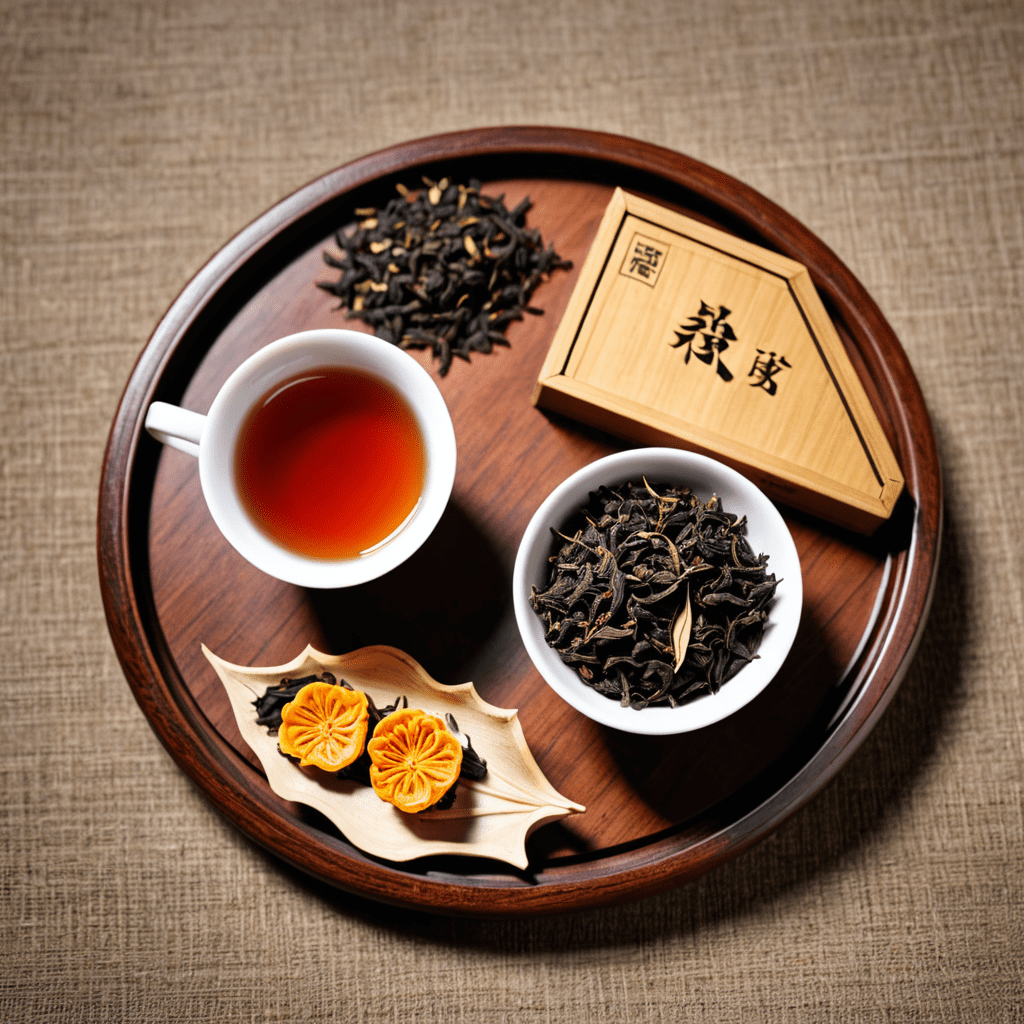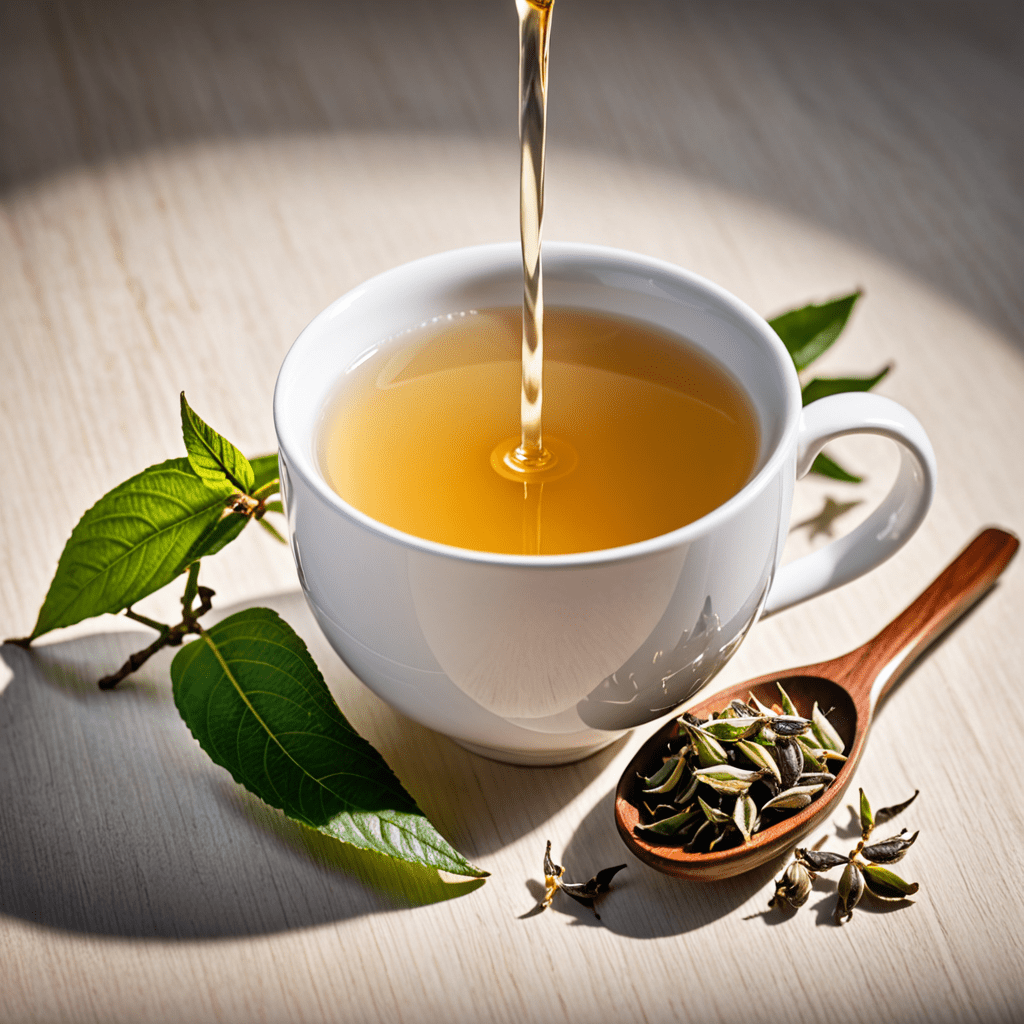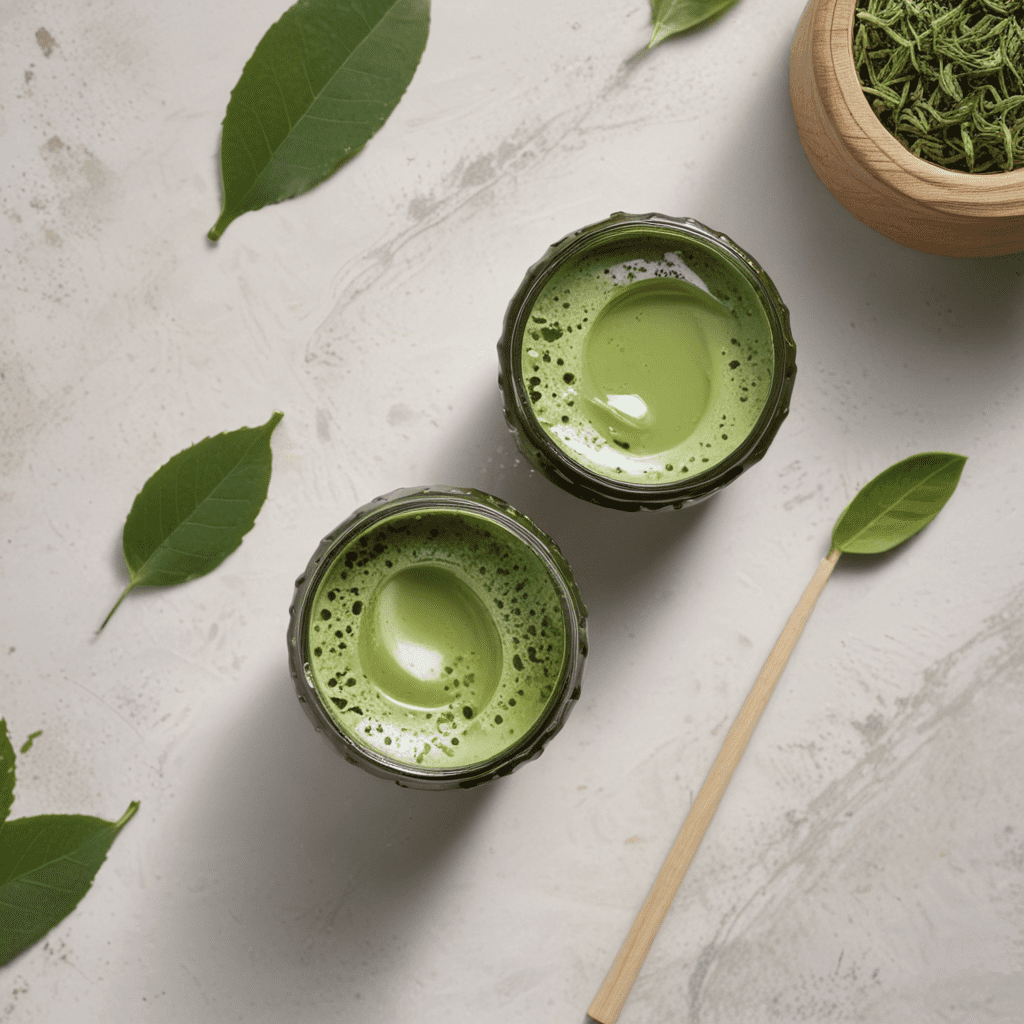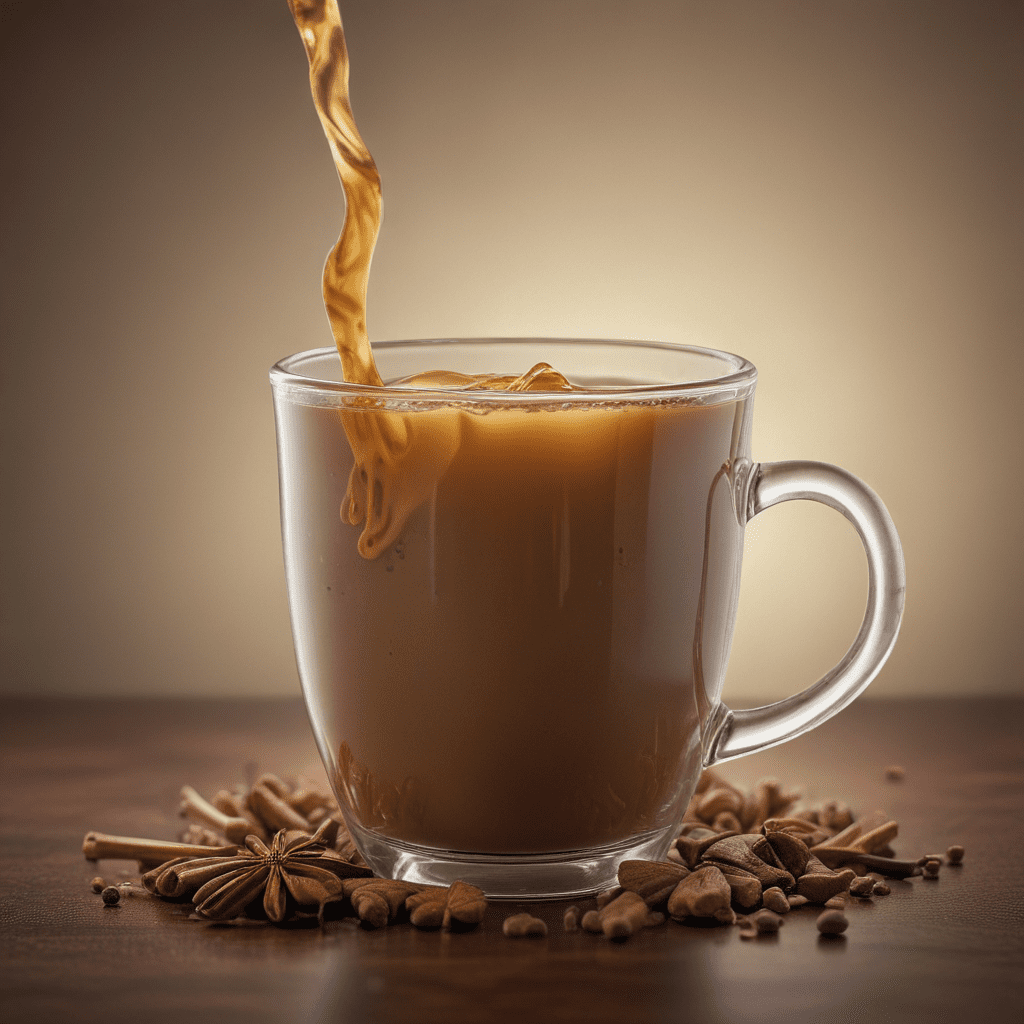Pu-erh Tea: The Essence of Tea Culture and History
Introduction: Exploring the Richness of Pu-erh Tea
Pu-erh tea is a unique and revered beverage deeply rooted in Chinese tea culture and history. Originating from the Yunnan province of China, this fermented tea holds a special place in the hearts of tea enthusiasts around the world. Let’s dive into the essence of Pu-erh tea and uncover its intriguing story.
Ancient Origins: Tracing the Roots of Pu-erh Tea
Dating back to the ancient times of the Tang Dynasty in China, Pu-erh tea was first produced in the Pu’er region of Yunnan. Its production methods and distinctive flavor profile have evolved over centuries, making it a symbol of tradition and craftsmanship in the world of tea.
Varieties and Characteristics: Understanding Pu-erh Tea Types
There are two main categories of Pu-erh tea: raw (sheng) and ripe (shou). Raw Pu-erh undergoes natural fermentation over time, while ripe Pu-erh goes through a post-production fermentation process. Each type offers a unique taste, aroma, and aging potential, adding to the allure of Pu-erh tea.
Health Benefits: Exploring the Wellness Potential of Pu-erh Tea
Beyond its rich flavor, Pu-erh tea is revered for its potential health benefits. This tea is believed to aid digestion, promote weight loss, and provide antioxidants that support overall well-being. Its centuries-old reputation as a medicinal drink continues to attract health-conscious consumers.
The Art of Aging: Delving into the Aging Process of Pu-erh Tea
One of the most fascinating aspects of Pu-erh tea is its ability to improve with age. Like fine wine, Pu-erh tea develops complex flavors and aromas as it matures. Tea connoisseurs appreciate the nuances of aged Pu-erh, often collecting and storing it for decades.
Cultural Significance: Pu-erh Tea in Chinese Tradition
In Chinese culture, Pu-erh tea holds a special place in ceremonies, gatherings, and daily life. It is often shared as a sign of respect and friendship, symbolizing unity and harmony. The rituals surrounding Pu-erh tea reflect the deep-rooted traditions and values of Chinese society.
Embracing the Legacy: Enjoying Pu-erh Tea in Modern Times
Today, Pu-erh tea continues to captivate tea enthusiasts worldwide, bridging the gap between ancient traditions and modern lifestyles. Whether enjoyed ceremonially or casually, the essence of Pu-erh tea remains a testament to the enduring allure of tea culture and history.
By exploring the essence of Pu-erh tea, we embark on a journey through time, taste, and tradition, savoring every sip of this beloved and timeless beverage.
FAQ about Pu-erh Tea: The Essence of Tea Culture and History
What is Pu-erh tea?
Pu-erh tea is a type of fermented tea that originates from the Yunnan province in China. It is renowned for its unique earthy flavor profile and centuries-old history.
How is Pu-erh tea different from other teas?
Unlike most teas, Pu-erh undergoes fermentation after being produced. This fermentation process gives Pu-erh its distinct flavor and allows it to age like a fine wine, enhancing its taste over time.
What is the significance of Pu-erh tea in tea culture?
Pu-erh tea holds a prominent place in Chinese tea culture and history. It is highly valued for its supposed health benefits, including aiding in digestion and weight loss, as well as its role in traditional Chinese medicine.
How is Pu-erh tea linked to Chinese history?
Pu-erh tea has a rich history dating back to ancient China, where it was traded along the ancient Tea Horse Road. It was considered a precious commodity and often used as a form of currency among the ethnic groups in the region.
How should Pu-erh tea be brewed?
To brew Pu-erh tea, use freshly boiled water and steep the leaves for about 3-



